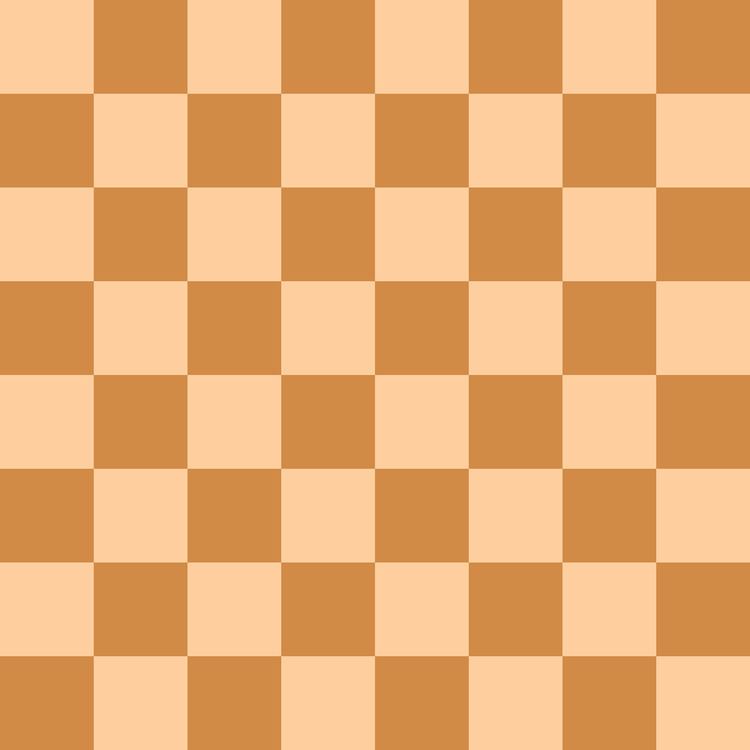 | ||
A transposition in chess is a sequence of moves that results in a position which may also be reached by another, more common sequence of moves. Transpositions are particularly common in opening, where a given position may be reached by different sequences of moves. Players sometimes use transpositions deliberately in order to avoid variations they dislike, lure opponents into unfamiliar or uncomfortable territory or simply to worry opponents.
Contents
In chess the verb "transpose" means shifting the game on to a different opening track from that on which it started.
Transposition tables are an essential part of a computer chess program.
Positions reached by different routes
For instance, the first position can be obtained from the Queen's Gambit:
1. d4 d52. c4 e63. Nc3 Nf6But this position can also be reached from the English Opening:
1. c4 Nf62. Nc3 e63. d4 d5so the English Opening has transposed into the Queen's Gambit.
The second position shows another example. The position can arise from the French Defence.
1. e4 e62. d4 d53. exd5 exd54. Nf3 Nf6The identical position can also be reached, with two extra moves played by each side, from the Petrov Defense:
1. e4 e52. Nf3 Nf63. Nxe5 d64. Nf3 Nxe45. d3 Nf66. d4 d5The position on the right, featuring an isolani can be reached by many different openings and move orders. For example, there's the Nimzo-Indian Defence:
1. d4 Nf62. c4 e63. Nc3 Bb44. e3 0-05. Bd3 c56. Nf3 cxd47. exd4 d58. 0-0 dxc49. Bxc4 Nc610. a3 Be7Caro–Kann Defence:
1. e4 c62. d4 d53. exd5 cxd54. c4 Nf65. Nc3 e66. Nf3 Bb47. Bd3 dxc48. Bxc4 0-010. 0-0 Nc611. a3 Be7Transposition possibilities of some openings
Some openings are noted for their wide range of possible transpositions, for example the Catalan Opening and Sicilian Defence.
For a simple example, the opening moves 1.d4 e6 can transpose very quickly into a wide range of openings, including:
